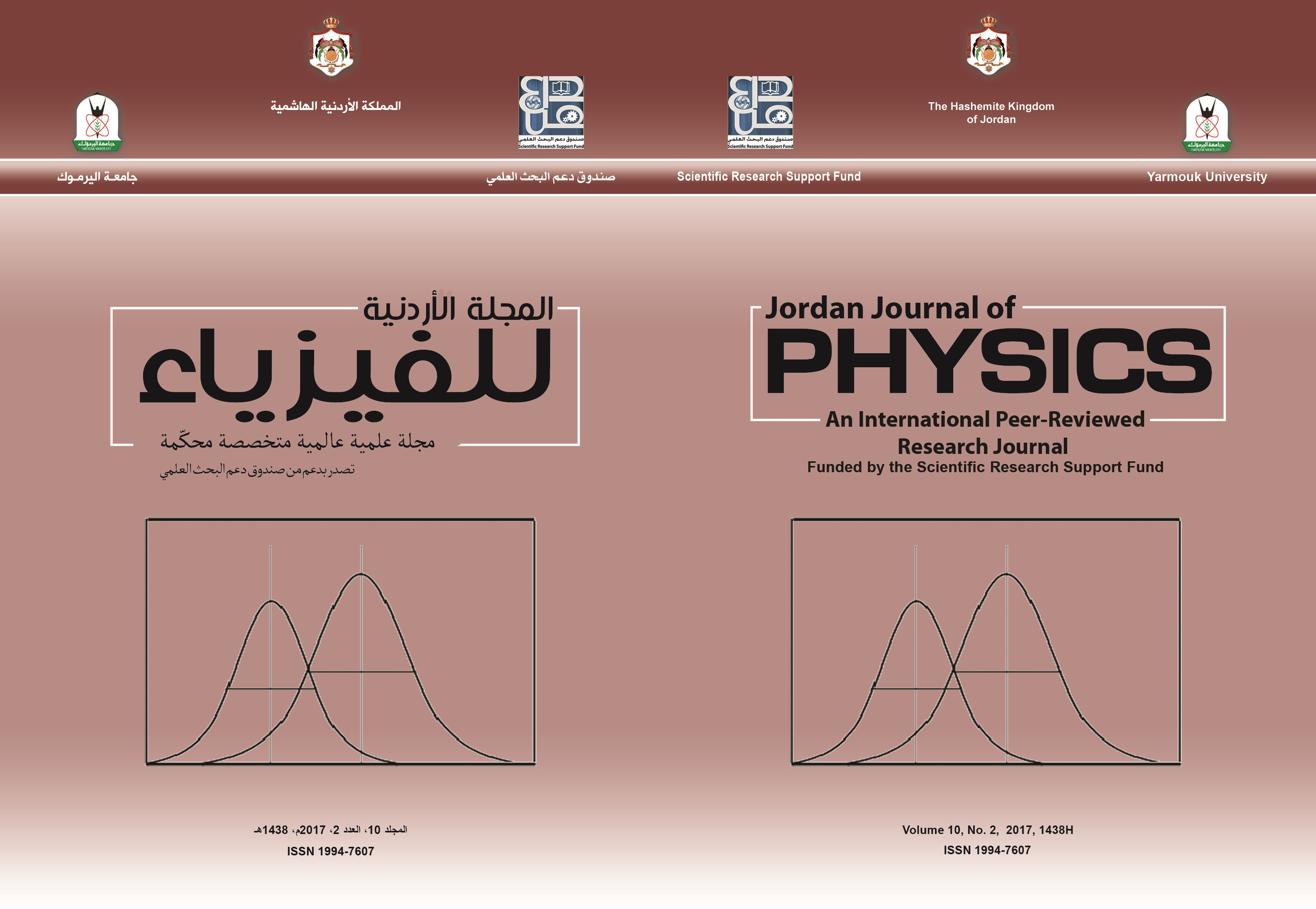Dark Matter: Its Origins and Chapters
Abstract
Extended Abstract:
In this article, I present an extensive review of the hypothesis of dark matter, starting with the basic observations which provoked the assumption of invisible matter in galaxies and galaxy clusters. Then, I go through the development of the concept of dark matter in cosmology, where the analysis of the fluctuations of the Cosmic Microwave Background Radiation (CMBR) show the necessity of an excess of matter in the universe much more than the observed matter. Dark matter is thought to be non-baryonic, interacting only through gravitational effects which can be tested by gravitational lensing and other means. Investigating the motion of galaxies, specifically the rotation curves, showed that some sizable amount of dark matter might exist mostly in the galactic halo. For this reason, astrophysicists suggested that dark matter might be composed of invisible Massive Astrophysical Compact Halo Objects (MACHO) like black holes, neutron stars, white dwarfs and brown dwarfs. However, astronomical surveys of the sky showed less than 20% of the amount needed to cover the deficit in the mass of the universe. Cosmological observations of the accelerated expansion of the universe suggested that the missing mass in the composition of the universe might be subdivided into dark matter and dark energy. Analysis of the fluctuations of the cosmic microwave background radiation suggests that the amount of dark matter is about 26.8% of the mass
of the whole universe and the dark energy should be about 68.3%. The remaining amount which is just about 4.9% is the observable matter.
Keywords: Dark matter, Large Underground Xenon project, Modified Newtonian Dynamics, Modified Gravity theories.


